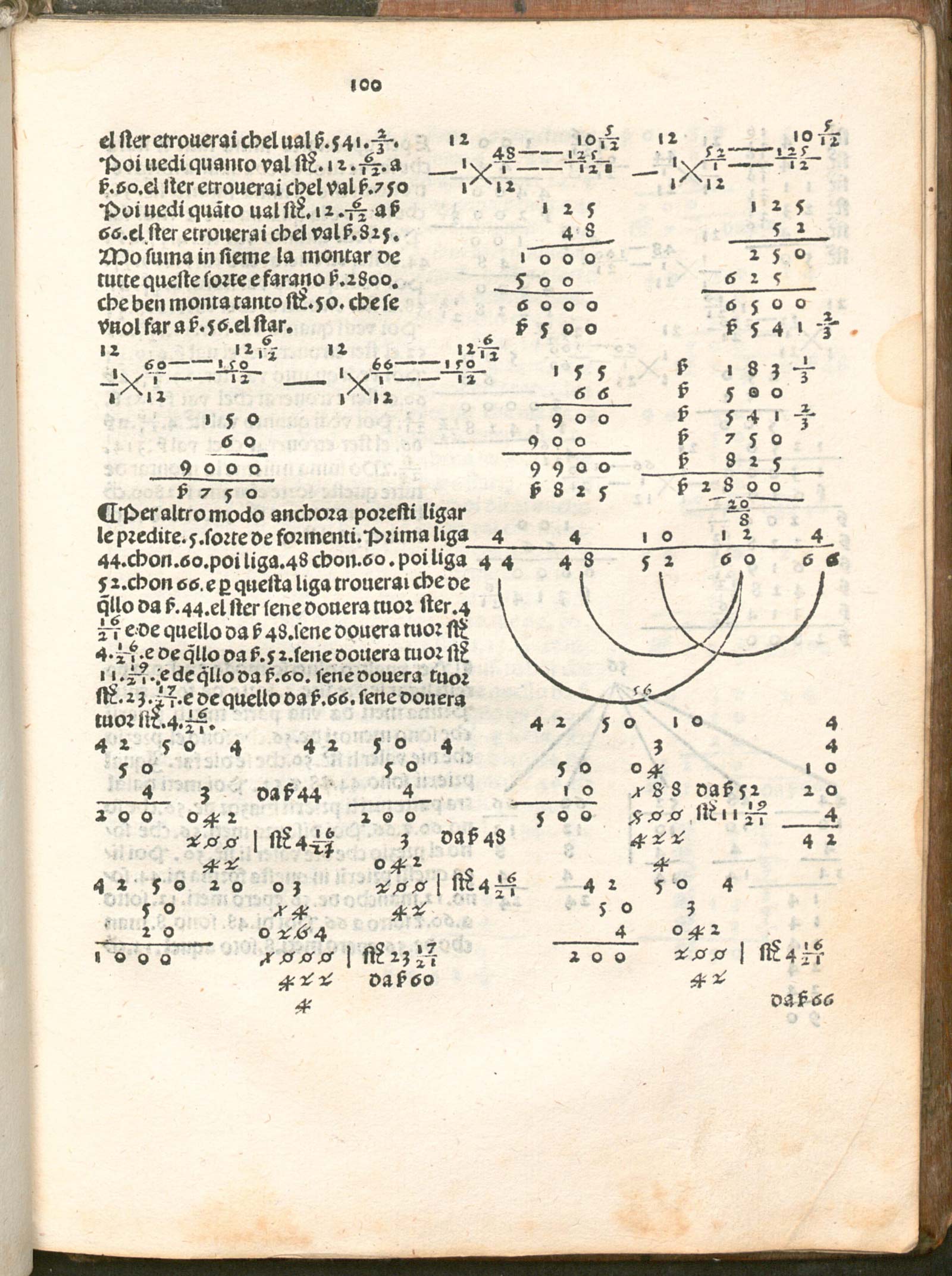3
















| Thumbs Up |
| Received: 2,667 Given: 1,754 |

Math in Print
From the XV-XVI century, it became increasingly common for German merchants and entrepreneurs to send their youth to Italy – typically Venice and its surroundings – to learn the mercantile arts, for which the Italians had a fine reputation. Therefore, it comes as no surprise that during the fifteenth century, Italy was to lead the way in the production of math books.
For the first printed math book, we must head to the plains of the Veneto, to the town of Treviso, just a little way north of Venice. The year is 1478, the printer is either Gerardus de Lisa or Michael Manzolus; the author, to this day is unknown but, from his introductory remarks, was evidently a math teacher in Treviso or thereabouts. The so-called ‘Treviso Arithmetic’, or Arte dell’ abbaco is the first printed and dated arithmetic and is filled with math problems for merchants, farmers, tailors, builders, and more besides. That it was a textbook aimed at students of commerce is evident in its use of the Venetian dialect. Merchants would seldom have been proficient enough in Latin to decipher such technical texts.

There are currently 1 users browsing this thread. (0 members and 1 guests)
 Ísland
Ísland
 Slovenija
Slovenija
Bookmarks